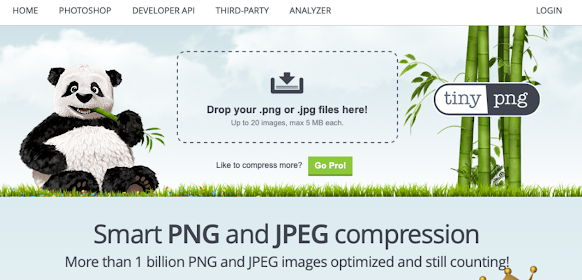Optimizing images for faster loading is an important aspect
of SEO (Search Engine Optimization) as it can significantly improve your
website's performance and user experience. Here's an example of how you can
compress and optimize images:
- Image
Compression: Compressing images reduces their file size without
sacrificing much quality. There are various tools available for this
purpose, such as Adobe Photoshop, TinyPNG, or Squoosh. Let's use TinyPNG
as an example:
- Go
to the TinyPNG website (https://tinypng.com/)
and upload your image.
- TinyPNG
will automatically compress the image without visible quality loss.
- Download
the compressed image and replace the original one on your website.
- Image
Format: Choosing the right image format can significantly impact loading
speed. Two popular image formats for the web are JPEG and PNG.
- JPEG:
Ideal for photographs or images with complex color variations.
- PNG:
Suitable for images with transparent backgrounds or simpler graphics.
Determine which format is more suitable for each image to
balance quality and file size.
- Image
Dimensions: Resize images to their display dimensions on your website.
Uploading high-resolution images that are larger than required will slow
down loading times. Use image editing software like Adobe Photoshop or
online tools like Pixlr or Canva to adjust dimensions accordingly.
- Lazy
Loading: Implement lazy loading to defer loading of images until they
enter the viewport. This technique reduces initial page load time,
especially for long pages with multiple images. Libraries like LazyLoad or
Intersection Observer API can be used for this purpose.
- Image
Compression Plugins: If you're using a content management system (CMS)
like WordPress, you can leverage image compression plugins to automate the
optimization process. Popular plugins like Smush or ShortPixel
automatically compress and optimize images as you upload them.
Remember to always strike a balance between image quality
and file size to ensure a smooth user experience. Regularly monitor your
website's loading speed using tools like Google PageSpeed Insights or GTmetrix
to identify further optimization opportunities.










